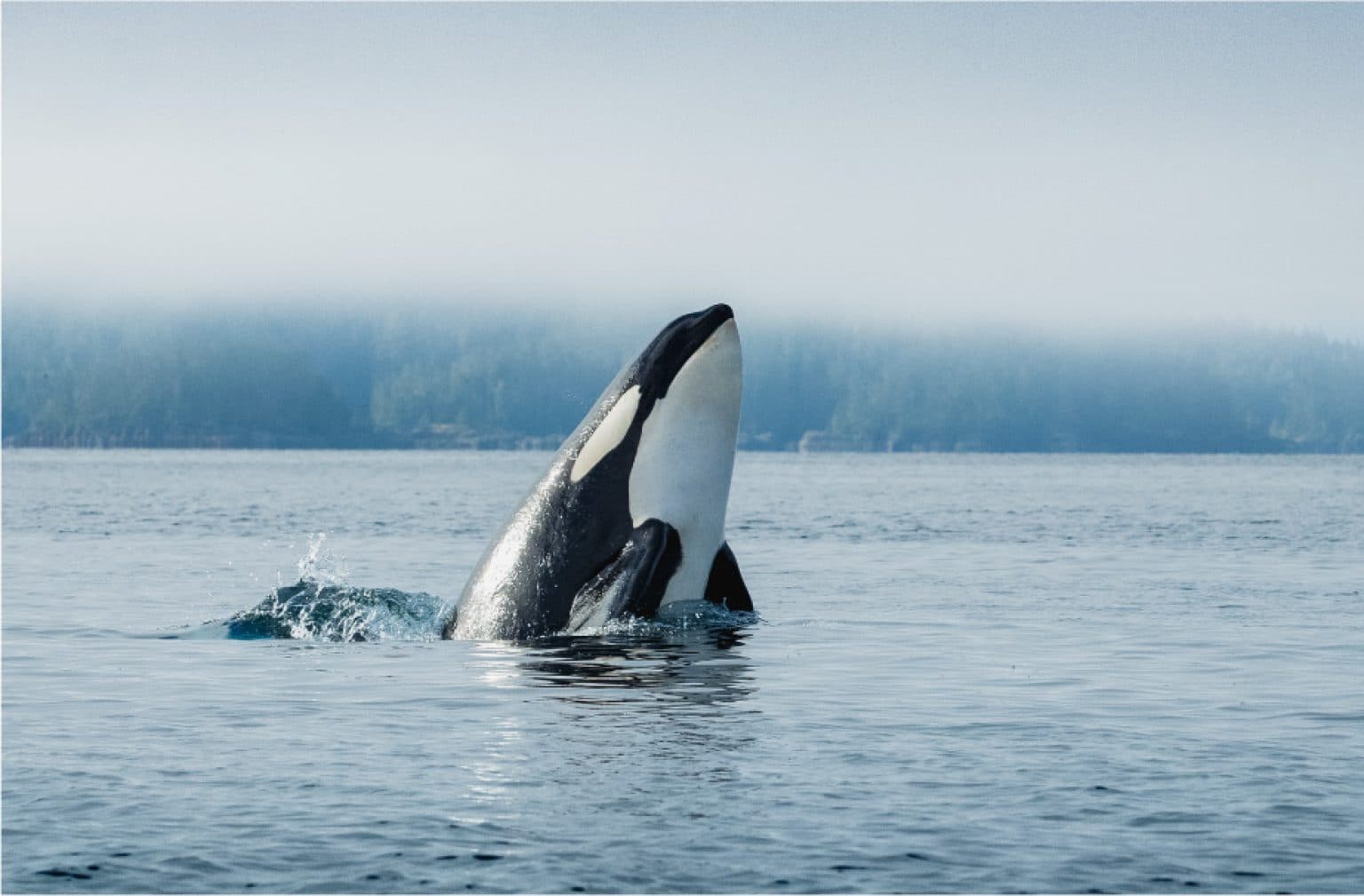what's missing?

Pacific Herring — a.k.a #BigLittleFish
Small Silver Fish
Foundation of the
Pacific Food Web
Length: 15-25 cm and Shrinking*
Slight Underbite
Up to 12-15 Years Old**
Highly Sensitive***
Weight: 70-200g
** Elder herring have slowly been fished out of Salish Sea herring populations.
***Pacific herring are incredibly sensitive to changes in temperature and other ocean conditions, and this is reflected in their population dynamics. They are also highly sensitive to noise—approach quietly!
last seen in coastwide abundance before the industrial fishery started in the late 1800's.
Last commercial sac roe fishery openings:
haida gwaii: 2002
13 Seine licenses were allocated in 2014 but were not fished (Source). In 2015, the Council of the Haida Nation successfully filed an injunction against DFO to keep the fishery closed.
“… one year before the closure… they fished every fish out of Rennell Sound and Inskip… to get their 1000 tons. And they didn’t even get their 1000 tons. They quit at 800 tons because they couldn’t find any more fish. … The fishermen finally shut it down themselves; the Fisheries didn’t. They just finally knew that… if they catch every fish… they’re not going to come back.”
— Vince Pearson, 1998 (Source).
west coast of vancouver island: 2014
After Fisheries Minister Gail Shea went against the advice of her own ministry’s scientists in her push to re-open the fishery after a 6 year closure, the Ahousaht, Ehattesaht, Hesquiaht, Mowachaht/Muchalaht, and Tla-o-qui-aht Nations of the Nuu-chah-nulth Tribal Council filed and won an injunction against DFO regarding the proposed opening of the commercial sac roe fishery on the West Coast of Vancouver Island.
B.C. central Coast: 2016
On April 1st, 2015, DFO agreed to close the commercial sac roe fishery on the central coast following intense discussions, demonstrations, and a three-day Heiltsuk occupation of the DFO office near Bella Bella. That day, Heiltsuk boats escorted the fishing fleet out of their traditional territory. In 2016, the Heiltsuk Nation and DFO signed a historic joint management plan and together agreed to a total quota of 215 tons.
B.C. North Coast: 2018
In 2019, DFO closed the Prince Rupert District sac roe fishery – the second last fishing area open on the coast – due to low numbers of returning herring. That year, the Lax Kw’alaams Band and Metlakatla First Nation took to the waters outside of Prince Rupert to protest a herring license that was issued despite their calls for a complete closure until stocks could recover.
Strait of Georgia: ongoing
In 2020, the average projected spawning biomass in the Strait is 54,000 tons, but ranges between 27,000 and 100,000 tons. The actual spawning biomass in 2019 fell to half of the projected 123,000 tons, at 64,300 tons (Source).
The quota in the Strait this year is 9,240 tons. The Strait of Georgia has been long considered a stronghold for Pacific herring, and if DFO is wrong again this year we could almost wipe it out. Are we going to let ourselves watch herring go missing on our coast forever? It’s our choice.
This year, the W̱SÁNEĆ Leadership Council (WLC)—representing Tsartlip, Tsawout and Tseycum First Nations—delivered a letter to the DFO Minister calling for a moratorium on the commercial herring fishery within W̱SÁNEĆ territory.
“The continued operation of commercial herring fisheries is in direct violation of the W̱SÁNEĆ Douglas Treaty right to ‘carry on our fisheries as formerly,’ which will be impossible should the fragile herring population collapse. The WLC plans to work with other First Nations throughout the Salish Sea to call for a broader moratorium in the near future.” (Source).
suspects
Chronic mismanagement and overfishing exacerbated by faulty science, habitat destruction, disease-spreading marine fish farms, and human-driven climate change.
leads
Where are Pacific Herring Going?
Japan as a food delicacy
Herring roe, or ‘Kazunoko’ markets are the primary target for the roe and spawn-on-kelp fisheries. However, the fishery targets and kills both male and female fish for the female roe, which makes up only 12% of the total sac-roe fishery catch.
Australian Tuna Ranches
Herring caught in food and bait fisheries in the Strait of Georgia are frozen whole in blocks and shipped to Australia, where most are fed to tuna in ocean ranches. Australia is currently the major international export destination for Strait of Georgia herring intended for non-human consumption (Source).
Canadian Salmon Farms
On average, 88% of the catch from the spring roe fishery is reduced into fish meal and oil that are made into aquaculture pellets, fertilizer, and pet food. The majority of this likely feeds farmed Atlantic salmon, which spread disease to wild Pacific salmon. Wild herring, the principal food of wild chinook and coho salmon is going to feed farmed salmon that in turn, through the spread of disease is killing our wild salmon. Is this a good idea?
Canadian Aquariums
Unique quotas are allocated every year for captive whales (special use fishery). The DFO 2019-2020 management plan allocated 110 tons to the aquarium food fishery. Historically these quotas were available to any zoo or aquarium operating in Canada or the United States, but today the ZY4 quota is available only to the Vancouver Aquarium. Should we be starving wild whales to feed whales in captivity for our entertainment?
Canadian pet food and fertilizer
There are a number of pet food companies that list herring or herring meal as ingredients, some of which likely come from the Strait of Georgia. Companies include Acana, Keltic Seafoods, Petcurean, Kasiks, and FirstMate. Should we be feeding our beloved pets killer whale and salmon food?
speak up
Why are herring important to you? Share your thoughts online and be a part of our #HerringStories feed.
reward

A Rich, Resilient Ecosystem
Herring convert the energy of phytoplankton up the food web, feeding innumerable coastal species directly and indirectly, including some of our most iconic. Chinook, coho, lingcod, rockfish, halibut, dolphins, harbour seals, and myriad species of whales and birds all depend on herring. These species in turn feed up the food chain, including our transient and endangered southern resident killer whales. Even large terrestrial mammals like bears and wolves feed on herring eggs in the intertidal during the spring spawn. As herring disappear, the marine food web begins to unravel. If we help herring populations recover, the health of our entire ocean stands to benefit.
References 2, 3, 4
A Thriving Coastal Economy
Our coastal economies depend on a healthy foundation. Whale watching alone in B.C. generates approximately $250 million a year, tourism approximately $17 billion, and sport fishing generates $236.5 million in income. Commercial fisheries for species that rely on herring, like halibut and salmon, generate far more jobs and profits than the herring fishery, the value of which has been declining for years due to market saturation and shifting demands. If the government compensated herring fishers and committed time to a new management plan that accounted for ecosystem needs and created value for the fish and individual fishers, the coast would be a richer, more vibrant place.
References 5, 6, 7, 8


A Cultural Resurgence
Oral histories and archaeological records show that herring have been critical to coastal First Nations communities food and culture for thousands of years. Archaeological studies conducted suggest that in millennia past, herring were likely a more important food source than salmon for some communities. In recent years, First Nations up and down the Pacific coast have filed legal cases against governments for the disappearance of local spawning populations due to mismanagement. Actions, both legal and direct, have forced DFO to close 4 out of 5 sac roe fishery areas in BC. The Strait of Georgia is the last industrial sac roe fishery left on the coast.
References 9, 10, 11, 12
Campaign Partners
Sources
- McKechnie et al. 2014. Archaeological data provide alternative hypotheses on Pacific herring (Clupea pallasii) distribution, abundance, and variability. PNAS.
- Fisheries and Oceans Canada
- Fox et al. 2018. Pacific herring spawn events influence nearshore subtidal and intertidal species. Raincoast Conservation Foundation.
- Surma et al. 2018. Herring supports Northeast Pacific predators and fisheries: Insights from ecosystem modelling and management strategy evaluation. PLOS One.
- DFO 2016 seafisheries values
- Fisheries and Oceans Canada. 2016. Value of commercial landings by province.
- Alan McGillivray, President, Pacific Whale Watch Association.
- BC Ministry of Agriculture, Corporate Statistics and Research data.
- McKechnie et al. 2014. Archaeological data provide alternative hypotheses on Pacific herring (Clupea pallasii) distribution, abundance, and variability. PNAS.
- Shore, 2014. DFO assessment of herring fishery based on broken ecosystem, study finds. Vancouver Sun.
- Gill. 2018. Of roe, rights, and reconciliation. Hakai Magazine.
- Peter Ten Hoopen and Jo Griffin. 2019. The Sitka Tribe’s Struggle to Save Alaskan Herring. The Guardian.
Photos: Ian McAllister | Herring Illustration: Briony Penn | Design: Geoff Campbell







